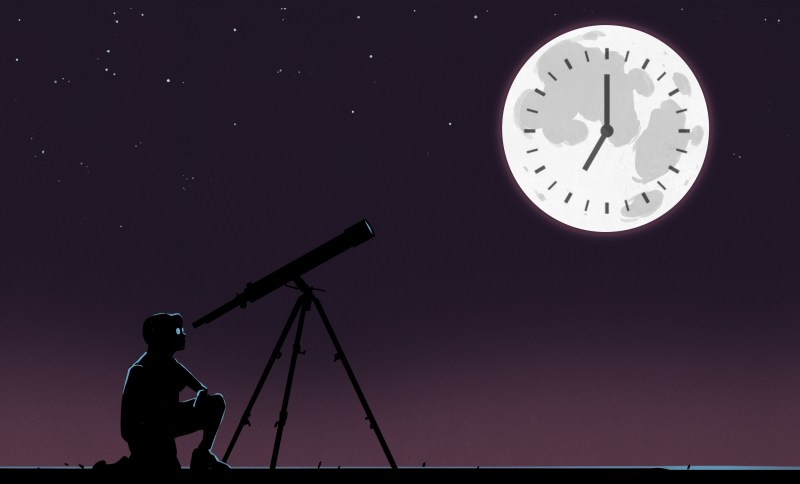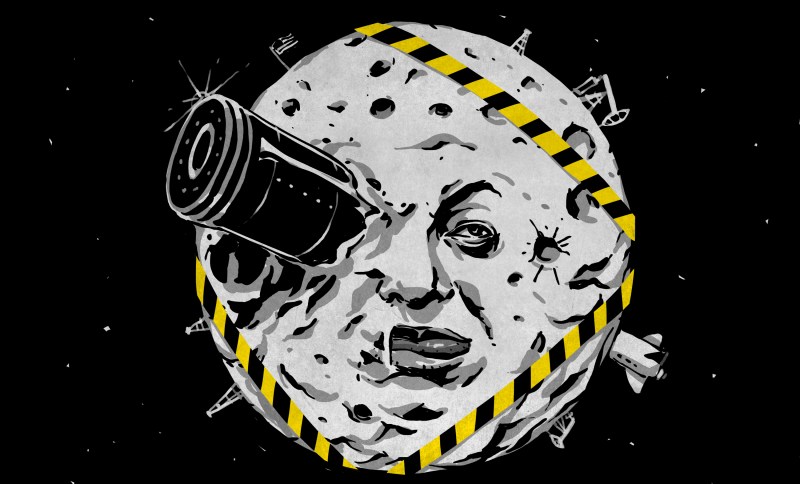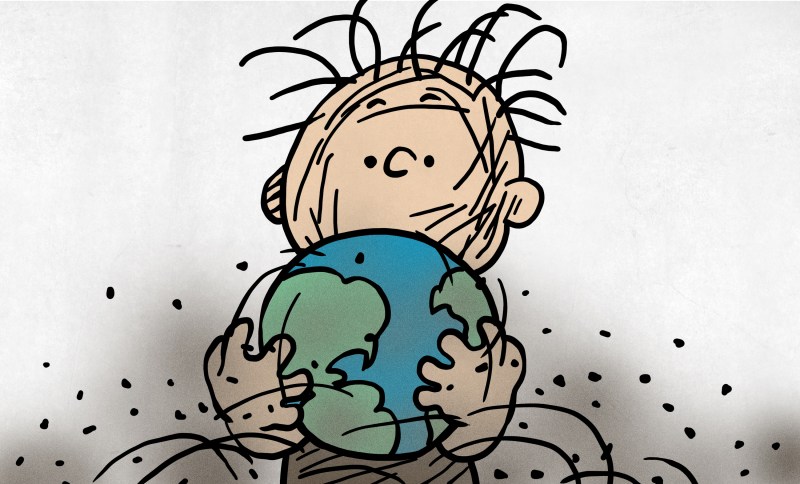NASA Is Now Tasked With Developing A Lunar Time Standard, Relativity Or Not

A little while ago, we talked about the concept of timezones and the Moon. It’s a complicated issue, because on Earth, time is all about the Sun and our local …read more Continue reading NASA Is Now Tasked With Developing A Lunar Time Standard, Relativity Or Not

